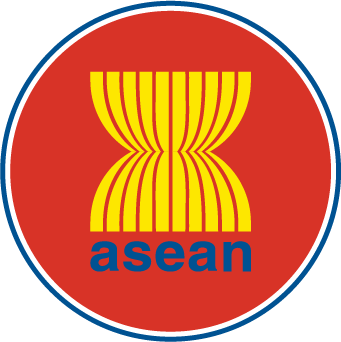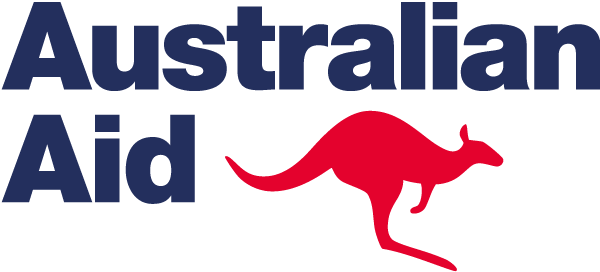
for the Implementation of International Standards
related to Sanitary and Phytosanitary (SPS) Measures



ECONOMIC COOPERATION SUPPORT PROGRAMME (AECSP)
Disclaimer
This e-learning module has been developed for the teaching purposes and material contained in it is of general nature.
It is not intended to be relied upon as legal advice and the concepts and comments may not be applicable in all circumtances.



ECONOMIC COOPERATION SUPPORT PROGRAMME (AECSP)
What is risk?
What is the difference between a risk and a hazard?
There is a basic framework for considering risk.
We identify risks all day: when we cross the road, prepare a meal on the stove or buy a chicken from the market. We know we could get run over. We may burn our food or ourselves. The chicken we are buying could be sick.
When we approach these risks we immediately and often subconsciously assess them. Will we have time to cross the street? How high should be set the stove? Does the chicken we are buying look healthy?
We also manage risk. We wait until the next car has passed. We don’t leave the house when the stove is on. We go to a market that has a good reputation.
We also communicate that risk. We tell our companion that we will cross the street after the next car. We tell our partner there is food on the stove. We ask the store owner where the chicken is from.
Import risk analysis is a term used to describe this entire process when considering the importation of animals or animal products. It has four components: identification, assessment, management and communication.
Importation of animals or animal products involves risk of importing disease. This risk also needs to be identified, assessed, managed (only if necessary) and communicated. This whole process is called import risk analysis (IRA).
Hazard identification
Hazard identification is identifying the pathogenic agents that could potentially produce adverse consequences associated with the importation of a commodity. It is a multi-step process that involves developing a very broad list of hazards and then narrowing that list down to the ones that require further risk assessment based on set criteria. Further detail on the hazard identification process is described in module 4.2.
Risk assessment
The risk assessment is the component of the analysis that estimates the risks associated with a hazard. Risk can be estimated as a number (quantitative) or described with words (qualitative). Risk assessment itself comprises of four components: entry assessment, exposure assessment, consequence assessment and risk estimation. The four components of risk assessment are described in more detail in upcoming slides.
Risk management
The risk assessment is the component of the analysis that estimates the risks associated with a hazard. Risk can be estimated as a number (quantitative) or described with words (qualitative). Risk assessment itself comprises of four components: entry assessment, exposure assessment, consequence assessment and risk estimation. The four components of risk assessment are described in more detail in upcoming slides.
Risk communication
Risk communication is the process by which information and opinions regarding hazards and risks are gathered from potentially affected and interested parties during a risk analysis, and by which the results of the risk assessment and proposed risk management measures are communicated to the decision-makers and interested parties in the importing and exporting countries.
Risk assessment is a very important component of import risk analysis. Risk assessment can be further broken down into three components.
Entry assessment, also known as release assessment, consists of describing the biological pathway(s) necessary for an importation activity to introduce a pathogenic agent into a particular environment, and estimating the probability of that complete process occurring,
either qualitatively (in words) or quantitatively (as a numerical estimate).
Exposure assessment consists of describing the biological pathway(s) necessary for exposure of animals and humans in the importing country to the hazards (in this case the pathogenic agents) from a given risk source, and estimating the probability of these exposure(s) occurring, either qualitatively (in words) or quantitatively (as a numerical estimate).
Consequence assessment consists of describing the relationship between specified exposures to a biological agent and the consequences of those exposures. This could include social and economic, as well as consequences related to animal welfare and human health.
Risk estimation consists of integrating the results of the entry assessment, exposure assessment, and consequence assessment to produce overall measures of risks associated with the hazards identified at the outset.
Question
Utopia is importing pigs from Abyss. A government veterinarian knows Abyss has African Swine Fever (ASF) and lists this as a potential reason not to import pigs from Abyss. Utopia is free of ASF. What is this an example of
Wonderland wants to import ducks from Utopia but knows Utopia has duck virus hepatitis. A government veterinarian identified this risk several months ago and completed a risk assessment. Yesterday, Wonderland decided only to import ducks that come from flocks where breeders are vaccinated. Yesterday's decision is an example of _____________
Use of the OIE International Standards
The OIE International Standards provide risk mitigation measures for OIE-listed diseases. Animal health measures related to international trade should be based on OIE International Standards. More stringent measures may be applied than those recommended. However, these must be scientifically justified by conducting full IRA, as described in Chapter 2.1 of the Terrestrial Animal Health Code.



ECONOMIC COOPERATION SUPPORT PROGRAMME (AECSP)
















